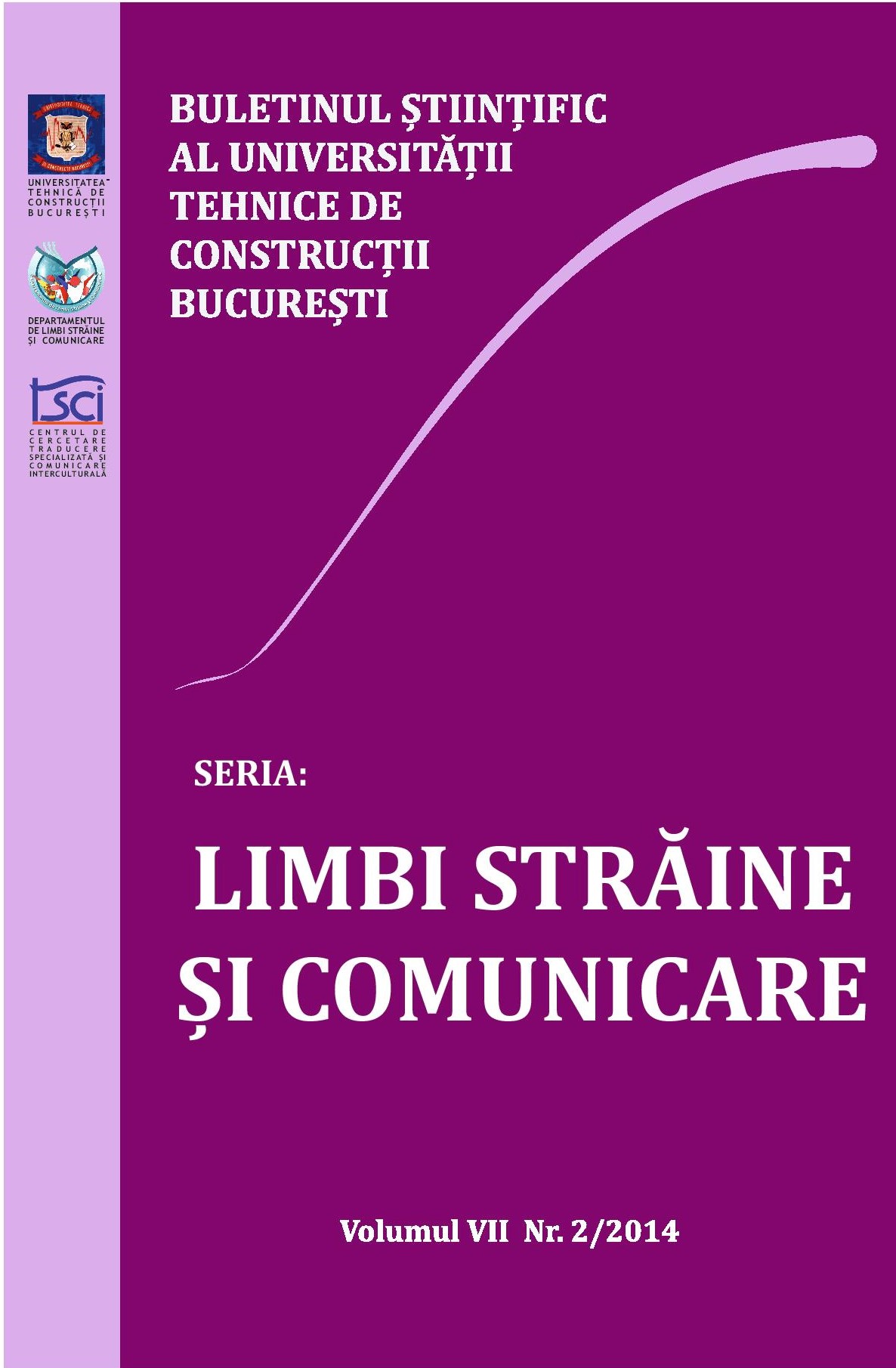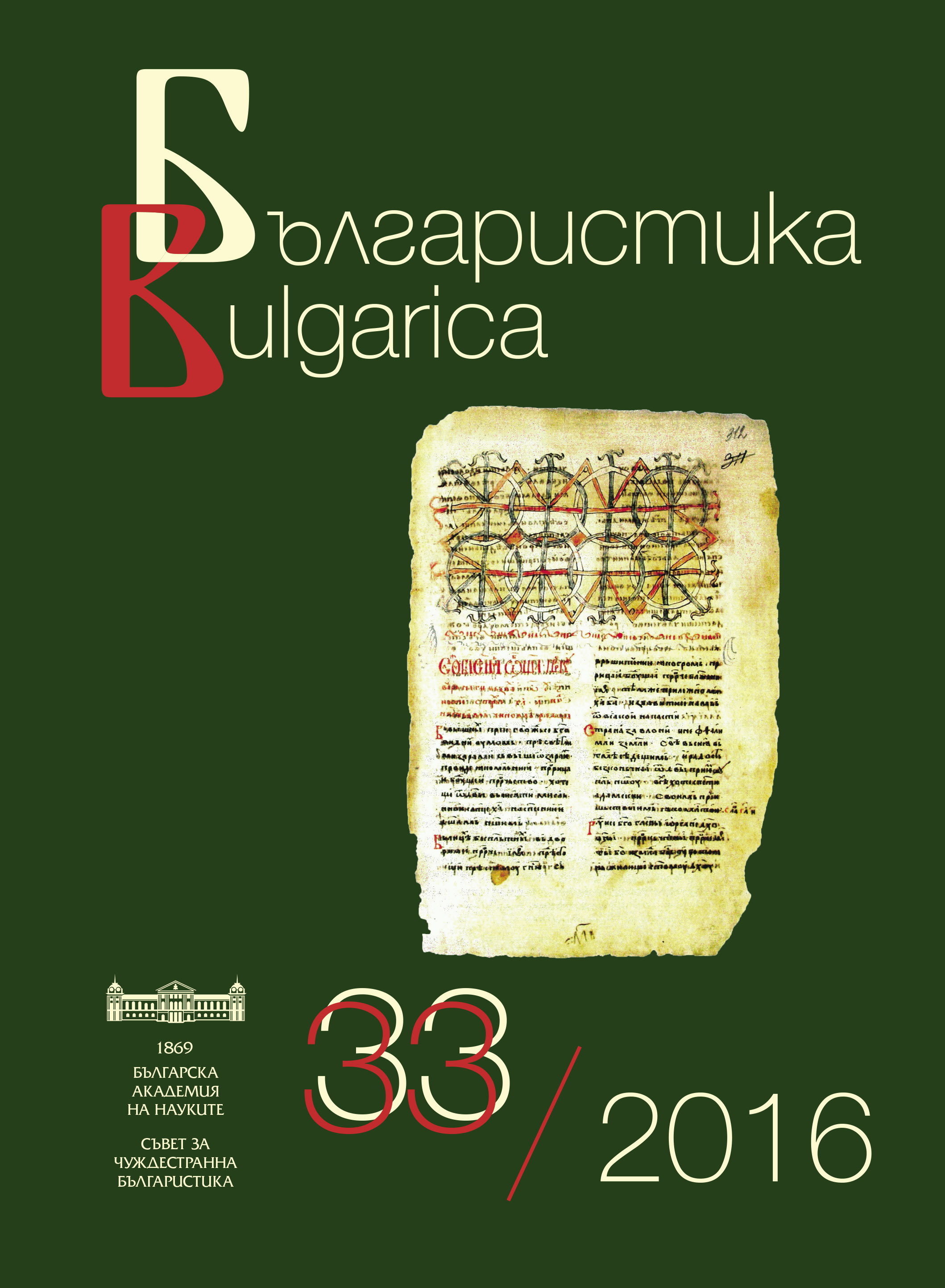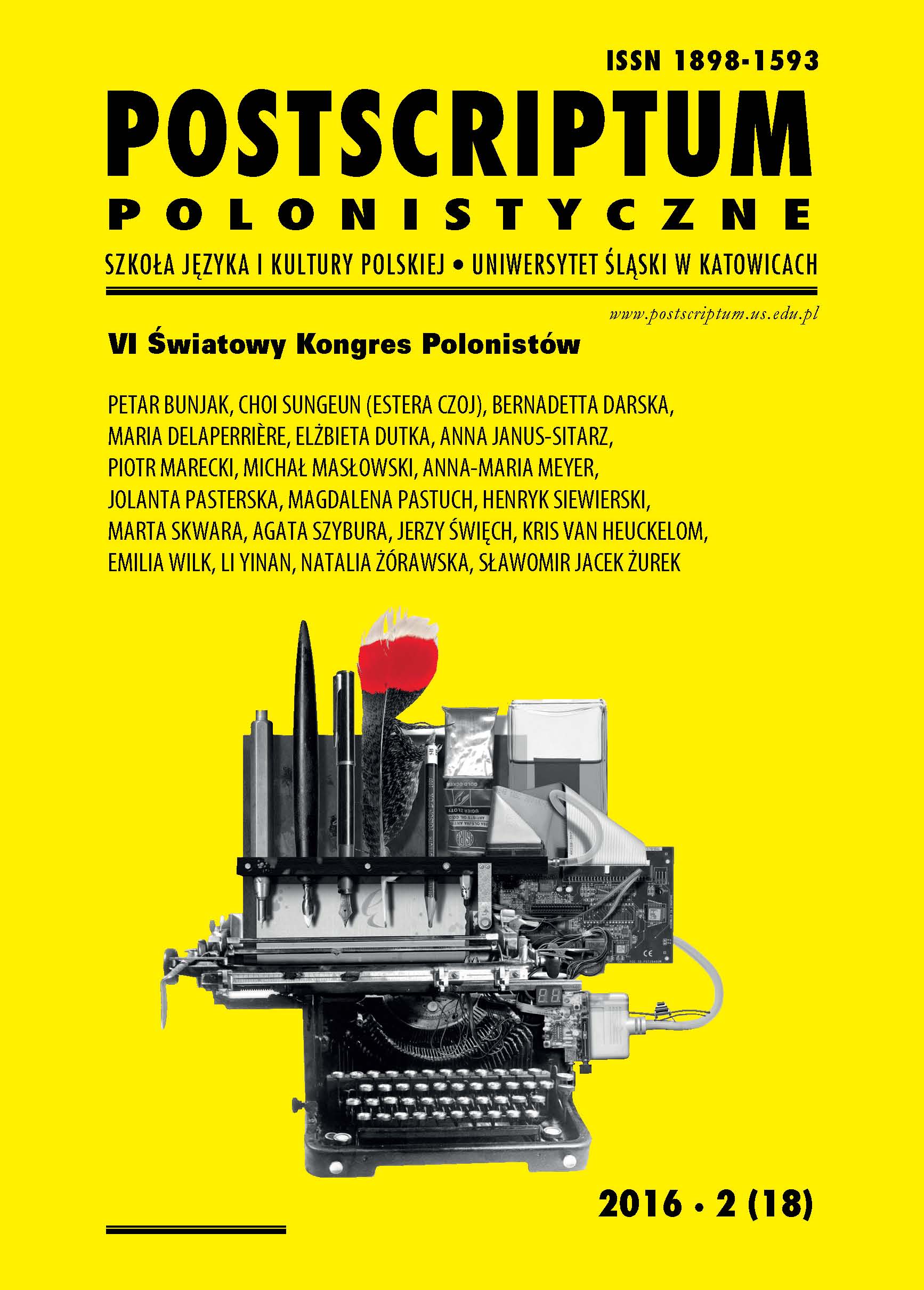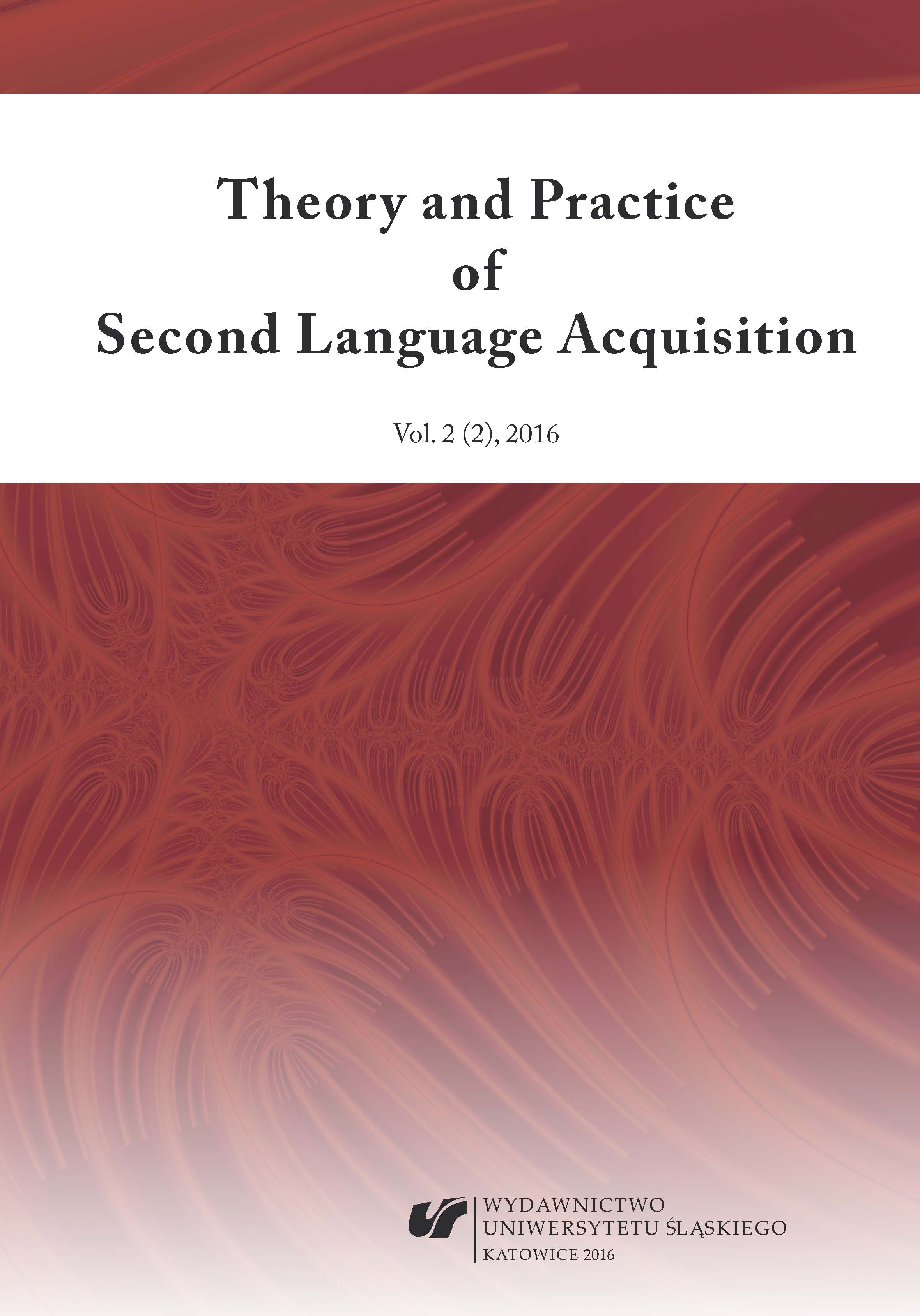SÛDÎ’NİN ŞERH-İ BOSTAN’INDA GEÇEN ARKAİK KELİMELER
Sûdî, lived in the sixteenth century, is a writer who wrote commentaries to three works of literature as listed significant and basic pieces of Iranian literature. They are annotated with Divan of Hafiz, Gulistan and Bostan works of Sa'di Şîrâzî. These three works have not only been read in Iran but in the Anatolian area and widely translated into many of the world classic works. Sûdî's Bostan Commentary includes a significant number of words of archaic language that are really important in terms of our literature and language. In this article, the archaic words in Sûdî's Bostan Commentary have been viewed, the use of archaic words by other writers and poets has been compared and Sûdî has been put forth to wield a lot of archaic words. As writing the commentary on Bostan, Sûdî followed the method of other commentators and he gave plenty of places in his commentary to Turkish archaic words that could be understood at that time. Literary works as they serve the development of a language is a document that conveys the language for future generations. There are a large number of Turkish words have fallen from the use of language today.
More...



